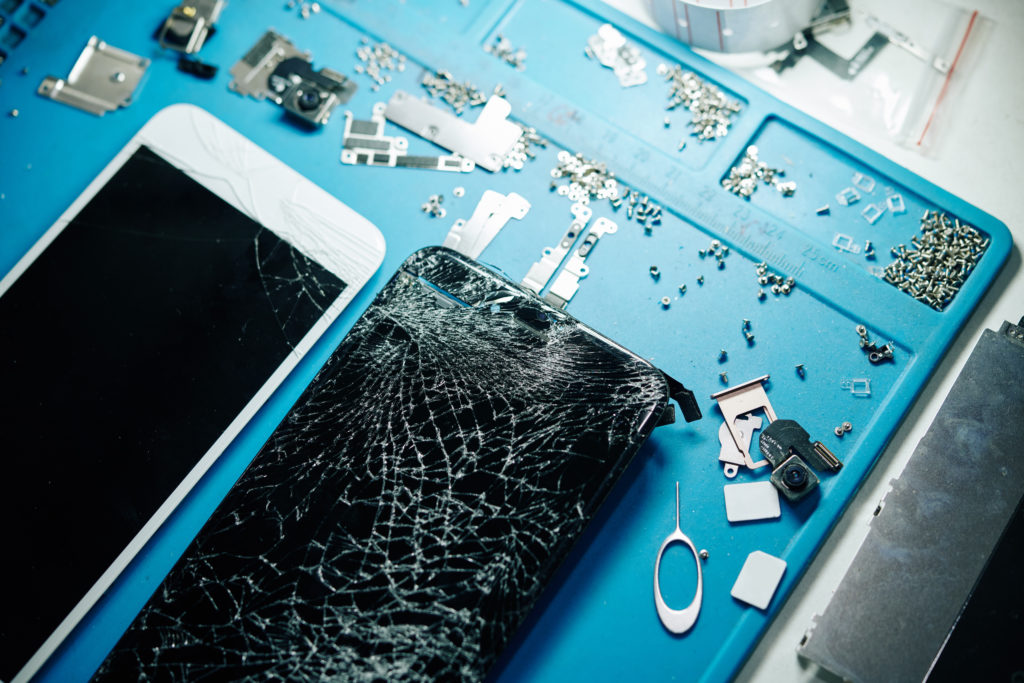
Mobile phones have become an essential part of our daily lives, helping us stay connected, entertained, and organized. However, like any other electronic device, they are prone to wear and tear, which can lead to common issues such as a cracked screen, malfunctioning buttons, or poor battery life. While it can be tempting to rush to the nearest repair shop or purchase a new phone altogether, many of these issues can be fixed at home with a little bit of know-how and the right tools. In this ultimate guide to DIY mobile phone repair, we will explore some tips and tricks for fixing common issues and saving yourself time and money.
One of the most common issues mobile phone users face is a cracked or shattered screen. While this can be a daunting problem to tackle, it is not impossible to fix on your own. There are many DIY screen repair kits available online that come with all the tools and instructions you need to replace a broken screen. Before attempting the repair, make sure to watch tutorial videos or read step-by-step guides to familiarize yourself with the process. Remember to work in a clean and well-lit area, and take your time to avoid making mistakes. With patience and precision, you can have your phone looking as good as new in no time.
Another frequent issue with mobile phones is malfunctioning buttons, whether they are unresponsive, sticky, or completely broken. Before rushing to buy a new phone, try cleaning the buttons with a cotton swab dipped in rubbing alcohol. This can help remove any dirt or debris that may be causing the issue. If this doesn't work, you may need to open up your phone and check for any loose connections or damaged components. Be sure to power off your phone before attempting any repairs and use a reliable guide to avoid causing further damage.
Poor battery life is another common complaint among mobile phone users, but it is a problem that can often be fixed with a few simple tricks. One of the easiest ways to improve your phone's battery life is to reduce the brightness of the screen and turn off unnecessary features such as Bluetooth and location services when not in use. You can also try calibrating your battery by fully charging and then completely draining it at least once a month. If these steps don't improve your battery life, you may need to replace the battery altogether. Most mobile phones have easily accessible batteries that can be swapped out with a new one with the help of a small screwdriver and a replacement battery.
Water damage is a nightmare for any mobile phone user, but it is a problem that can often be fixed if addressed quickly and properly. If your phone gets wet, the first thing you should do is power it off immediately and remove the battery if possible. Do not try to turn it on or charge it, as this can cause further damage. Instead, place your phone in a bag of uncooked rice or silica gel packets to absorb the moisture. Leave it there for at least 24 hours before attempting to power it back on. If your phone still does not work, you may need to open it up and clean any corrosion or water damage with a toothbrush and rubbing alcohol.
In conclusion, DIY mobile phone repair can be a cost-effective and rewarding way to fix common issues and extend the life of your device. By following the tips and tricks outlined in this guide, you can tackle issues such as a cracked screen, malfunctioning buttons, poor battery life, and water damage with confidence and success. Remember to always work carefully and patiently, and do not hesitate to seek professional help if you are unsure about a repair. With a little bit of practice and the right tools, you can become a pro at fixing your own mobile phone and saving yourself time and money in the process.